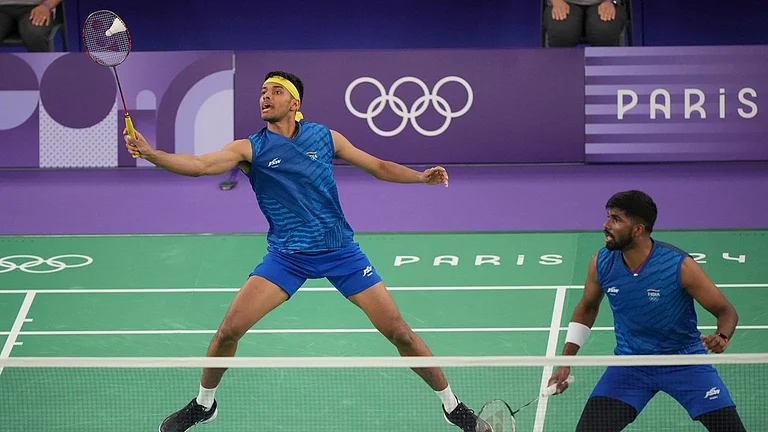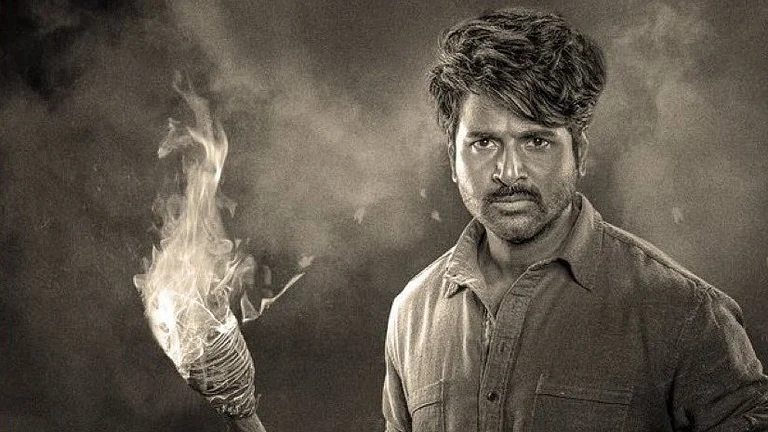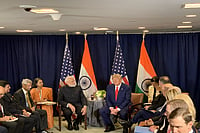THE centre of the cricketing universe has shifted. Sri Lanka, onetime hapless whipping boys of international cricket and by far the weakest commercial link in the now-defunct Pakistan-India-Lanka Joint Organising Committee for the World Cup (PILCOM) chain, knocked the stuffing out of many bloated reputations and took the coveted World Cup home last month. And now, India and Pakistan, both former holders of the title that at present deservedly belongs to Arjuna Ranatunga and his men, have set their sights on the world.
But this battle will be vastly different. It won't be a globally televised confrontation between bat and ball. It will be fought in the boardroom, behind closed doors. Its repercussions, however, are likely to be felt the world over. Subcontinental cricket's governing bodies—especially the cash-rich Board of Control for Cricket in India (BCCI) and the upbeat Pakistan Cricket Board (PCB)—have taken it upon themselves to guide the game, especially its abbreviated version, into the future, to promote it in non-traditional cricketing areas, to help it go truly global. Says Arif Ali Khan Abbasi, PCB chief executive: "The engine room of international cricket has shifted to the subcontinent. So we have to join forces and take the lead. The rest of the world will follow us."
But will the likes of England, Australia and South Africa follow without a murmur? Concerted efforts are on to gain the upper hand in the battle of wits that is expected to ensue. The first step in the subcontinental gameplan, of course, will involve wresting control of the International Cricket Council (ICC), the London-headquartered body which runs the game worldwide but has, according to BCCI President Inderjit Singh Bindra, done precious little to promote the game beyond the boundaries of the nine Test-playing nations. BCCI Secretary Jagmohan Dalmiya is being jointly nominated by India, Pakistan and Sri Lanka for the post of ICC chairman. Present incumbent Clyde Walcott's three-year term ends in July '97, but the election of his successor has to be wound up a year in advance. Sub-continental cricket bosses are determined to grab the high-profile post, which requires the support of at least one-third of the nine Test-playing nations.
Flush with the runaway commercial success of the second World Cup hosted by the subcontinent, Bindra spells out what he sees as the future of international cricket: "The ICC wasn't even a democratically elected body until a year ago. It was an English club that was running world cricket. Little was done to ensure that the game spread. There was a vacuum. So we decided to step into the void. Cricket cannot grow if it is played only within the confines of a handful of countries."
The view is shared by many beyond the subcontinent. "It's high time the ICC stopped being just a poor cousin of international sports bodies," president of the United Cricket Board of South Africa Krish Mac-kerdhuj, who is expected to take on Dalmiya in the ICC election scheduled for this July, said during the Wills World Cup. "It should initiate a range of programmes not for the Test-playing nations, who can in any case fend for themselves, but for associate and affiliate members."
Despite the strong criticism that accompanied the decision to include three associate members in the World Cup draw, that's precisely what the BCCI and PCB are trying to do: extend the game's influence to nontraditional areas and mop up huge revenues which, in turn, can be ploughed back into the game. The first salvo has already been fired in Singapore. The next one is on the way. In collaboration with the Cleveland-based International Management Group (IMG), the sports marketing firm whose list of clients includes Wimbledon, the British Open and the Nobel Foundation, the two boards have announced the creation of the Friendship Cup, an annual series of five India-Pakistan one-dayers to be played in August-September in Canada. The event, to be supported by the Canadian Cricket Association, will be marketed by IMG and televised all over the world with the help of the company's broadcast division, Trans World International (TWI). "The Friendship Cup is only a beginning," says Bindra. "We have big plans for the future."
No plan in international cricket today can be drawn up without TV and corporate sponsors playing crucial roles. "The Wills World Cup let loose a tremendous economic force. Any region or country hosting the next Cup will have to, at the very least, match the quantum of money that we generated. Nobody had seen this kind of money in cricket before," says Abbasi.
BUT the Enforcement Directorate, a wing of the Income Tax Department, is not impressed. And, therefore, PIL-COM, whose accounts were attached by the income tax authorities in India on March 31, the last day of the committee's existence, has a lot of money to account for. It has failed to file income tax returns and has been accused of violating FERA rules. It is believed to have raked in Rs 200 crore. The major contributors to its coffers were ITC (Rs 35 crore), Coca Cola (Rs 14 crore) and World Tel, which bought the telecast rights of the tournament for Rs 10 crore. Instadia advertising rights fetched upwards of Rs 20 crore, while a host of companies, big and small, shelled out huge amounts to buy various other slots.
With big bucks flowing into cricket, even the West Indies, hitherto unwilling to host the World Cup because of the huge cost it entailed, has evinced keen interest in giving it a shot. Says Abbasi: "Don't be surprised if the West Indies and the US host the cricket World Cup in the very near future."
IMG'S founder-chairman Mark H. McCormack is sure a huge untapped market for cricket exists in North America. "Sports is rapidly expanding in the region and people are constantly looking for new games even though basketball, baseball and American football continue to be extremely popular," says the pioneer of the global sports marketing industry.
Indeed, the success of the experiment will hinge on the response of the massive sub-continental diaspora. "Expatriates from Sri Lanka, Pakistan, India, Guyana, Trinidad, Australia and New Zealand are everywhere in North America," says McCormack. Just as South Americans residing in the US ensured that the 1994 soccer World Cup became the most commercially successful one to date, immigrants from traditional cricketing centres will give the game the thrust it requires, argues Bindra. "Only when locals take up cricket in a big way will our mission be accomplished," he notes.
Will second-generation expatriates in North America take to the game quite in the way that their parents do? "They will," says Bill Sinrich, IMG's representative in India, "if truly top quality cricket is played there on a regular basis. Many youngsters, in fact, would be inspired to take up the game when they watch their idols perform before them in person." But Sinrich warns against over-exposure: "It is important that the goose isn't overcooked. Over-exposure, especially of the wrong kind of cricket, might kill the game altogether."
The upcoming Friendship Cup—the first edition is scheduled to be played over nine days in September—will "involve a lot of money", says Sinrich but he is unable to quantify it. "Everybody—STAR Sports, ESPN, Doordarshan—is free to bid for the telecast rights of the challenge series. Everybody will be given a fair chance," he says. "A part of the profits from the Friendship Cup will be devoted to promoting cricket in North America," adds Abbasi.
Sharjah has been conquered. Singapore, too. And with ICC recognition for the Friendship Cup a foregone conclusion, North America is all set to be the next theatre of combat for subcontinental cricket battles. Come September, all the world will see cricket with an Oriental accent.


























